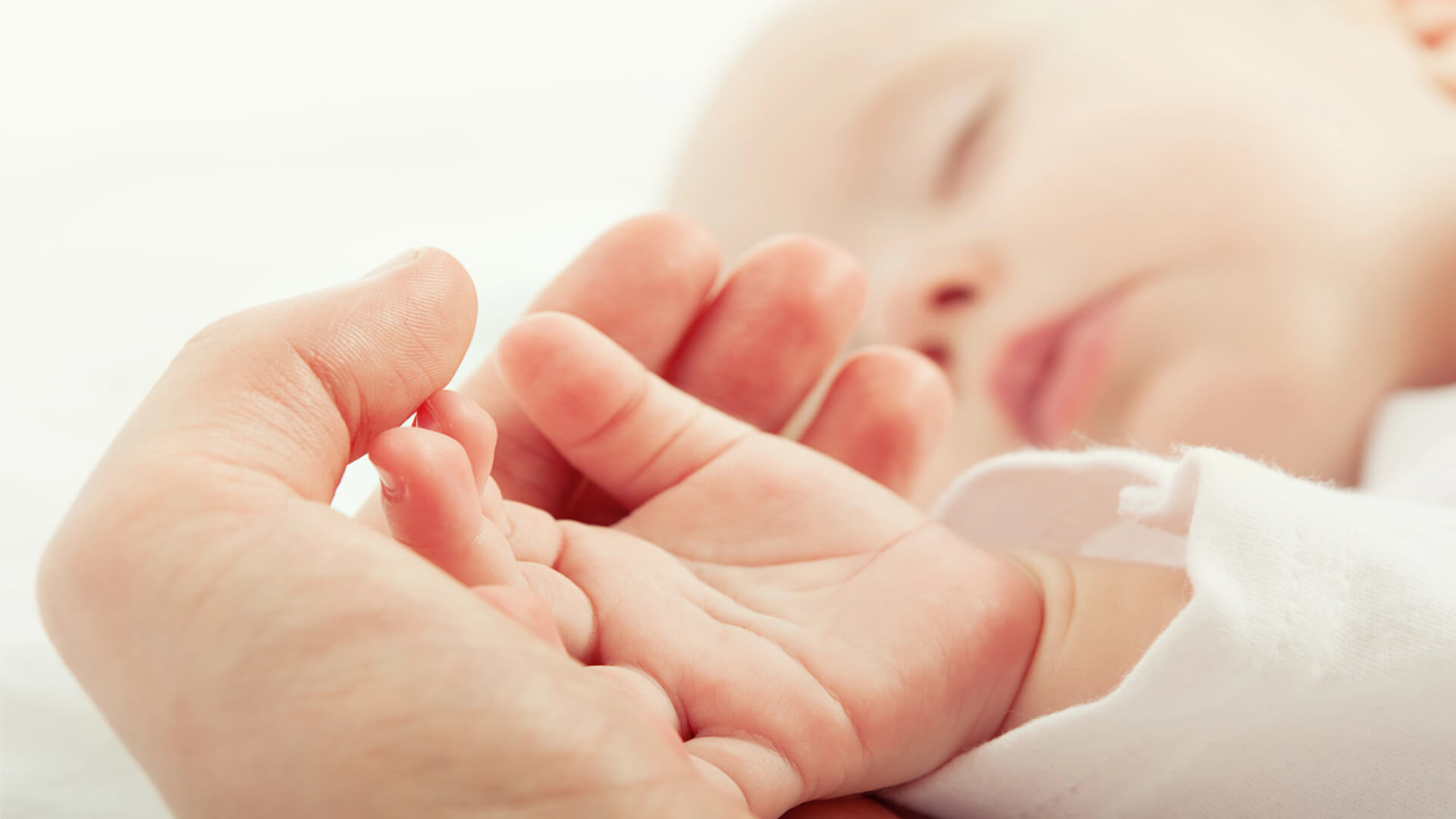Best room temperature for newborn
-
Published 16 March 2024
-
Updated 27 May 2024

With the birth of a child in any family, the hassle is significantly added. Every mom wants to create the most comfortable living conditions for a newly born baby. She should not only provide the crumbs with the necessary care, but also monitor the ideal temperature
Importance of Room Temperature:
Adults adapt to the temperature they have, and the baby will get used to it. If it's hot, we'll ventilate, if it's cold, we'll put on something warm. But when it comes to a newborn, there are such difficulties that young parents may simply not suspect.
Adults are guided by their feelings. But not only is their perception of temperature subjective in itself – someone walks around in shorts and a T-shirt with the first warm rays, and someone does not take off his jacket and hat until June - so it works in a completely different way for newborns.
Infants are not able to adapt to temperature changes as easily as adults. The mechanisms of thermoregulation in the body of a newborn child have not been completely formed. If an adult is frozen, he may actively move to keep warm, or just shiver. Trembling is the body's defense. In this way, it produces heat even before a person realizes how cold he is. In newborns, this protective mechanism does not work yet.
Why the Right Temperature Is Important
Children of the first months of life freeze faster than adults. Against the background of hypothermia, the body resists infection worse, and the child may catch a cold.
Children overheat faster too, and overheating is even more dangerous for newborns. They sweat slightly, so they cannot cool down in this way, unlike adults. When freezing, the child at least begins to actively move his arms and legs – an adult is more likely to react to his anxiety, and the baby cannot resist overheating. Mom may notice that something is wrong when overheating will already lead to obvious failures in the baby's body: a sharp rise in temperature, dehydration, respiratory disorders. In severe cases, overheating can cause irreversible damage to the nervous system.
To prevent this from happening, it is impossible to treat the temperature regime in the baby's room lightly.
Is Baby Too Hot or Cold?
Placing your palm on the baby's head, neck, or stomach can allow you to quickly assess whether the infant is overheated. Sweating, wet hair, fast breathing, flushed cheeks, and sweating are symptoms of being overheated.
If your child is moody even after feeding and even after he has been changed, he may be letting you know that he is uncomfortable or too hot.
On the other hand, if the child is too cold, the hands and feet may be excessively cold, and they will be less active and sluggish. In some cases, you can even see how the child's hands or feet turn a bluish shade. As a rule, this is not a reason to panic, and in most cases it will be enough to warm the child by adding additional layers as needed.
How to Regulate Your Baby's Temperature
If the room is cold, keep the baby warm. The fastest way to do this is just to hold him close. The baby will warm up from your body. Put on a warm slip, socks or put it in a insulated envelope. A conventional blanket will not be able to cover the baby in the crib; if he moves awkwardly and the blanket's edge slides over his face, he will suffocate. If the room is constantly cool, for example, due to heating problems, purchase a heater. The main thing is not to put it next to the crib when the baby is there.
If the room is hot, leave a minimum of clothes on the baby: a sleeveless bodysuit or a light shirt. If possible, leave the baby without a diaper for as long as possible.
How to Keep the Right Room Temperature for Your Baby
To create the optimal temperature, first find out what it is in the room. The simplest method is to hang a thermometer next to the infant's cot so you can be certain of the temperature. In the event that a thermometer is absent, feel the back of the kid's neck. If it feels damp and warm, the child is warm; if it feels dry and cool, the child is chilly. In addition, signs of overheating are a reddened baby's face, wet hair, rapid heavy breathing, lethargy. When a child freezes, he will worry, cry, and the skin may turn pale or bluish.
Signs Your Baby May Be Too Hot or Too Cold
The fact that the child is cold can be understood by the cool fingers of the hands and feet, the cold nose and ears. The child's high perspiration and unusually pink complexion can be explained by the fact that he is overheated. When dressing a child, follow your own style and the ambient temperature. The youngster shouldn't be overly warm, but it's still a good idea to periodically check on his comfort level.

FAQs
What temperature should a baby's room be at night?
The best baby room temperature is between 16-20 degrees Celsius or 61-68 degrees Fahrenheit. This can feel slightly chilly to some but has been proven to ensure safe and comfortable sleep for your child. Even while it would be tempting to turn up the thermostat and wrap your infant in a blanket, a colder atmosphere is far more advantageous.
What room temperature is too hot for a baby?
The place where your infant sleeps shouldn't be very warm either. It is advised that newborns should be kept between 68 and 72 degrees Fahrenheit, or 20 and 22 degrees Celsius, at all times.
How do I know if my baby is too cold at night?
If your child is too cold, his arms and legs may seem cool, and his tummy may feel cold to the touch. He may also tremble or get goosebumps. So, if you are ever sure that your child is too hot or too cold, just check the back of his head - this is the right way to determine!
How should I dress my baby for bedtime?
So how do you dress a newborn for sleep success, and optimum safety? Since swaddling helps a newborn feel securely cocooned on her back (the only safe position for sleep), you’ll probably want to wrap your baby burrito up for the first few months. Just factor the weight of the swaddle into your choice of sleepwear.
In warm weather, she may not need more than a lightweight onesie or T-shirt under an equally lightweight swaddle, sleep sack or hybrid swaddle/sack. In very cold weather — unless your home gets overheated — she may need a footed sleeper and a heavier swaddle or sack to keep her toasty.
Still not sure whether you’ve found that happy medium? Run that neck check, and rerun it periodically — especially if your thermostat isn't reliable or your building or the landlord sets the temperature. Many (though not all babies) will also speak up if they’re uncomfortably hot or cold — not in so many words, but in so much fussing or crying.










